Where to Give for Climate Impact in 2025: Giving Green’s Priorities
Giving Green’s mission is to improve human and ecological well-being by mitigating climate change. We don’t just chase short-term wins. We guide donors towards systems-changing climate initiatives that transform the rules of the game. After thousands of hours of research, we focus on opportunities that we believe are scalable, feasible, and urgently need funding.
In 2024, we moved $11.8 million to Top Nonprofits and grantees through the Giving Green Fund—our largest year of grantmaking to date. In 2025, we aim to build on this momentum and go even further, expanding the scope of both our research and grants to high-impact climate nonprofits.
Our goal is to make grants that build towards a decarbonized future, while also responding to the present moment. A substantial portion of this year’s research involved digging deep into how the U.S. political landscape has shifted and remade the usual playbooks, and adjusting our strategy accordingly.
To respond to the outcome of the 2024 Presidential Election, we directed funding in Q1 2025 to support Top Nonprofits with funding gaps and strong resilience to political changes in the U.S., and defending U.S. policy supporting clean technology innovation, including nuclear, geothermal, industrial decarbonization, and carbon removal.
This Giving Season, our new research and recommendations will build upon this strategy with the ultimate goal of providing donors with clarity on how to make an outsized climate impact amid and despite the setbacks and shifts of the past year.
In this blog post, we break down our roadmap for 2025:
- Our top research and grantmaking priorities for the year
- Early findings from our new and updated research
- How you can take action this giving season
Giving Green’s 2025 Priorities
So far, 2025 has been a pivotal year for climate philanthropy. With significant losses in both federal and philanthropic funding for efforts to reduce global emissions, our research team is focused on identifying and funding new strategies with high potential for systems-level impact, as well as reassessing some of our existing strategies.
This year, we plan to release three new strategy reports:
- Unleashing clean energy (new)
- Decarbonizing aviation (updated)
- Decarbonizing maritime shipping (updated)
We believe these strategies will capitalize on timely windows of opportunity and have the potential to dramatically change our emissions trajectory.
This year’s grantmaking will action these new and updated strategies, while continuing to make grants across other high-impact strategies we assessed last year:
- Decarbonizing heavy industry
- Reducing food system emissions
- Advancing the energy transition in low- and middle-income countries (LMICs)
- Scaling demand for carbon dioxide removal
- Advancing solar geoengineering governance and coordination
For existing strategies, depending on the pace and magnitude of year-over-year shifts in each sector, we typically do a deeper reassessment every two years.
These priorities are preliminary. There is always the possibility that we will not make grants in all these areas.
Below, we share early findings from our latest research and how they align with our broader roadmap for driving systemic climate solutions. For more information on the strategies we assessed last year, see our blog post outlining our 2024 priorities.
Our Newest Research and Early Findings
Unleashing Clean Energy
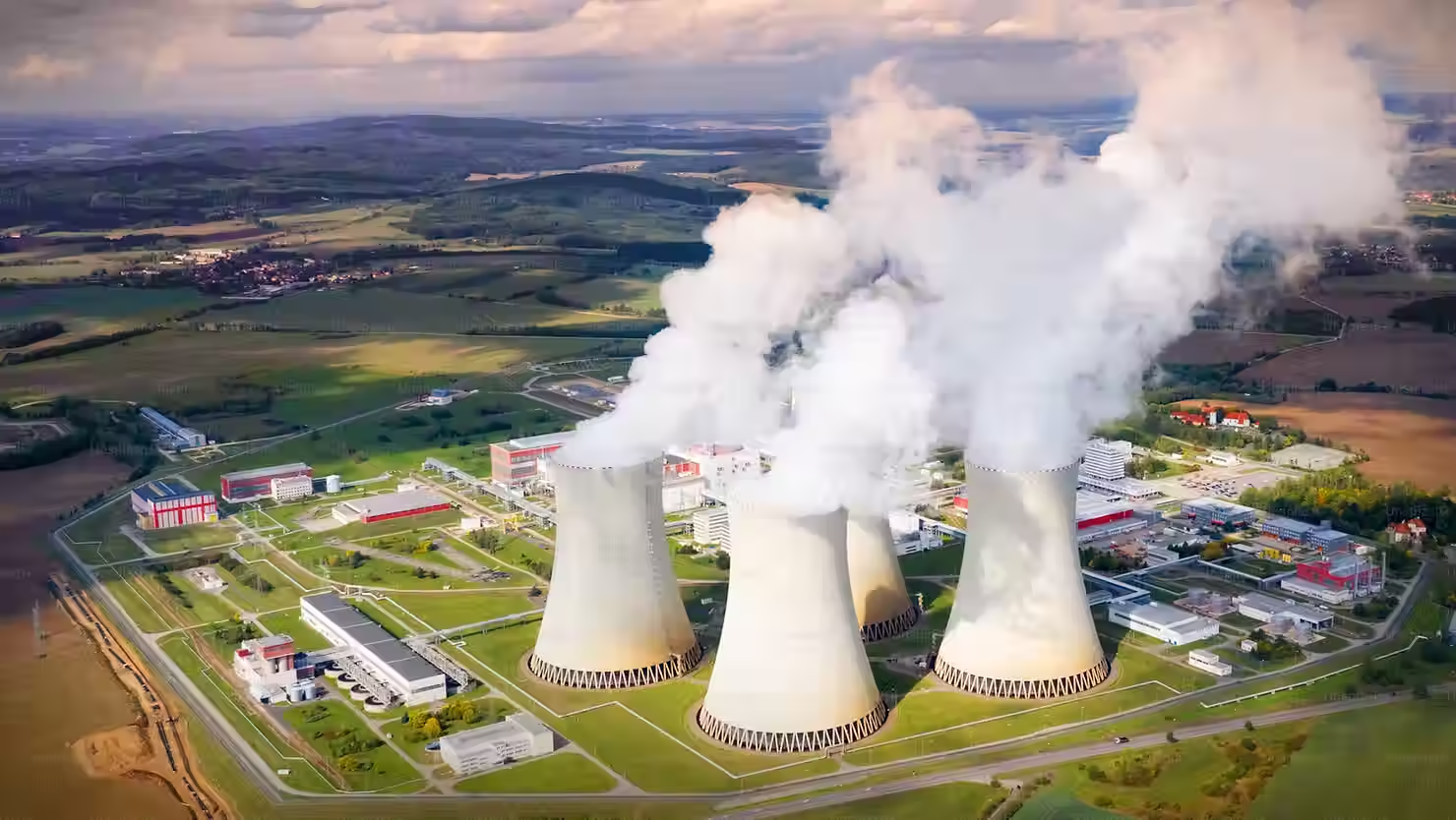
The challenge: The world’s energy supply largely relies on polluting sources, and many people still lack reliable access.
The solution: To meet the growing demand for energy and support human flourishing, we envision the modernization of electric grids fueled by cheap, reliable, and abundant clean energy.
What we’re interested in exploring: We take a broad approach to clean energy, focusing on a couple of connected areas:
- Accelerating the commercialization and deployment of advanced clean firm technologies (e.g., geothermal and nuclear), which can provide reliable energy that complements intermittent sources like solar and wind.
- Reducing deployment barriers (e.g., permitting delays and grid interconnection bottlenecks) to connect clean energy to the grid faster.
We focus on the U.S. due to the scale of emissions, bipartisan support for these strategies, and leadership in innovation. Previously, Giving Green separated our research on nuclear and geothermal energy. These two topics remain of interest, but will now be folded into one strategy report on unleashing clean energy.
Example levers:
- Supporting federal policy research and education on transmission and permitting.
- Aggregating demand for new technologies to establish a market and reduce risks for early adopters.
- Design creative financing tools to reduce early-stage risks, prove the technology, and attract more cautious traditional investors.
Decarbonizing Aviation

The challenge: Including non-CO2 effects, aviation emissions have accounted for 3.5-4% of global temperature rise to date. These are growing rapidly and could account for over 20% of emissions in 2050. For many routes, there are no feasible alternatives to aviation. Aviation emissions are also extremely inequitably distributed, with 1% of the population emitting over half of global aviation emissions.
The solution: Thus far, the aviation industry has focused on efficiency, offsets, and waste-based sustainable aviation fuels. We think more attention should be directed beyond these incremental measures towards solutions that can achieve significant emissions reductions.
What we’re interested in exploring: Our aviation strategy centers around research and policy advocacy to mitigate contrail emissions, develop hydrogen-based aircraft, and incentivize a shift to low-carbon transport.
Example levers:
- Development of flight rerouting systems that achieve deep reductions in contrail emissions.
- Expanding the scope of the European Union’s aviation Emissions Trading Scheme to include flights departing the EU and non-CO2 emissions.
- Advocating for levies on flights to manage demand and generate revenues that can fund low-carbon innovation.
Decarbonizing Maritime Shipping

The challenge: Emissions from maritime shipping currently account for about 3% of global emissions, but could grow to 10% of annual emissions by 2050 under a business-as-usual scenario.
The solution: Decarbonizing shipping will require a suite of interventions, including alternative fuels, electrification, and improved efficiency.
What we’re interested in exploring: We are especially interested in exploring pathways to reduce the cost-premium of low-carbon shipping fuels such as e-ammonia. We think this can be achieved through a combination of international and national policy advocacy, innovation funding, and legal pressure.
Example levers:
- Encouraging the International Maritime Organization to regulate shipping emissions
- Encouraging national governments to incentivize low-carbon innovation.
- Conducting technical analysis to identify critical technical and market gaps.
- Mounting legal pressure on industry, governments, financial institutions, and/or investors to strengthen the integrity of climate pledges and commitments.
Looking Forward to 2026
In previous years, the Giving Green Fund has conducted the majority of its grantmaking at the end of each calendar year. In 2026, we look to announce grants more evenly throughout the year.
In particular, in the first half of 2026, we plan to refresh our strategy report on advancing the energy transition in LMICs and expand our grantmaking in this area.
How You Can Take Effective Climate Action
Interested in helping us implement our strategy? Here are a couple of ways you can take climate action:
- Donate to high-impact climate nonprofits: You can donate to the Giving Green Fund, which regrants to highly effective giving opportunities identified by our team, with no management fees. Alternatively, you can donate directly to any of our Top Nonprofits.
- Support Giving Green’s research: Each year, we spend thousands of hours finding effective climate charities to fund. We do not take any cut of donations to our recommendations, so we rely on generous donors to fund our research and communications efforts. Historically, every dollar donated to Giving Green’s operations has been converted into $11 of additional donations to high-impact climate charities. Support our work to be a climate impact multiplier.
Questions? Want to collaborate? Regardless of where you are along your climate journey, we would love to hear from you. Contact us here.
Support Our Work
Giving Green Fund
One fund. Global impact. One hundred percent of your gift supports a portfolio of high-impact climate organizations, vetted by our research.
Best for:
Donors who want the simplest way to impact multiple climate solutions.
Top Climate Nonprofits
Meet the organizations on Giving Green’s list of high-impact nonprofits working to decarbonize our future, identified through our rigorous research.
Best for:
Donors who want to give directly and independently.
Support Our Work
We thoroughly research climate initiatives so you can give with confidence. For every $1 we receive, our work unlocks another $21 for effective climate solutions.
Best for:
Donors who want to amplify their impact through research.



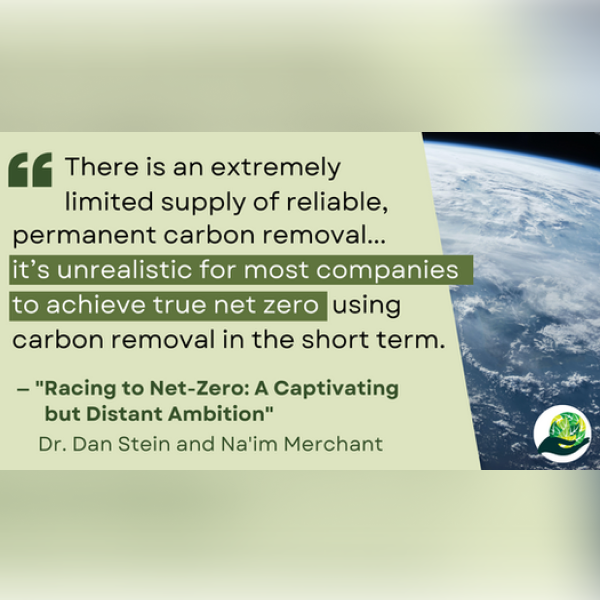





.png)

.png)

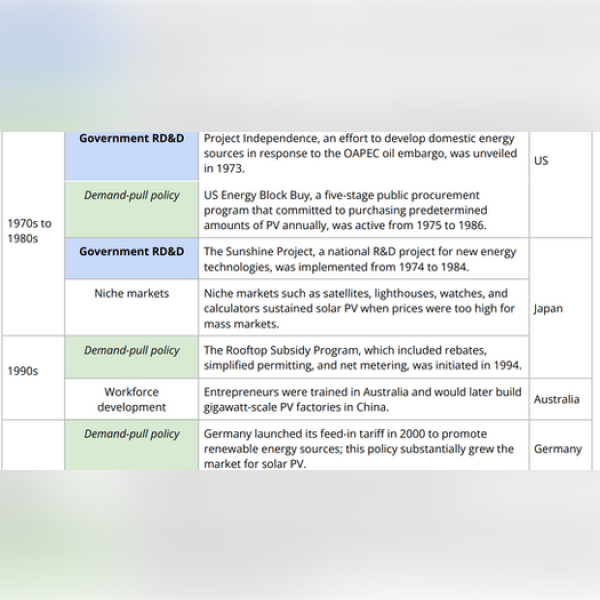









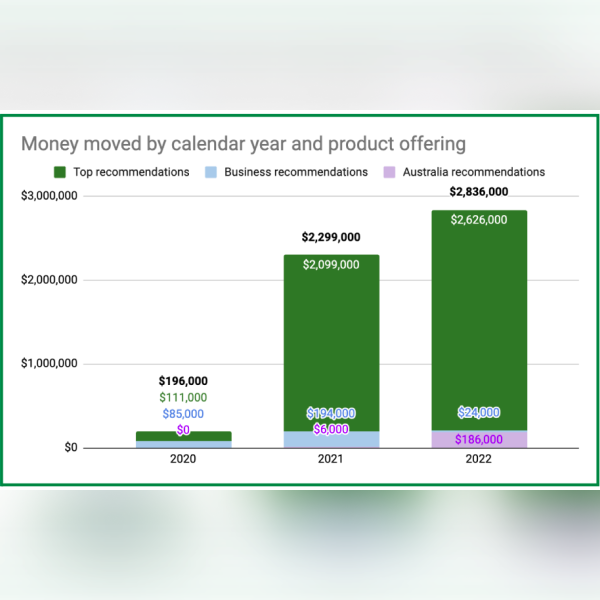






.png)


.png)



.png)


.png)









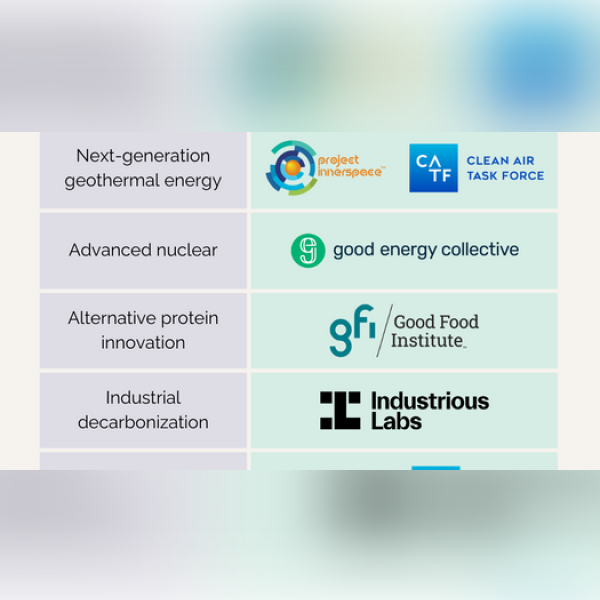

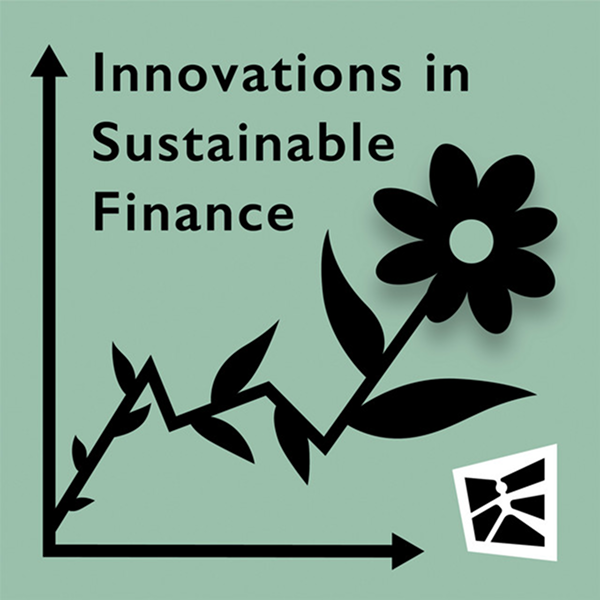




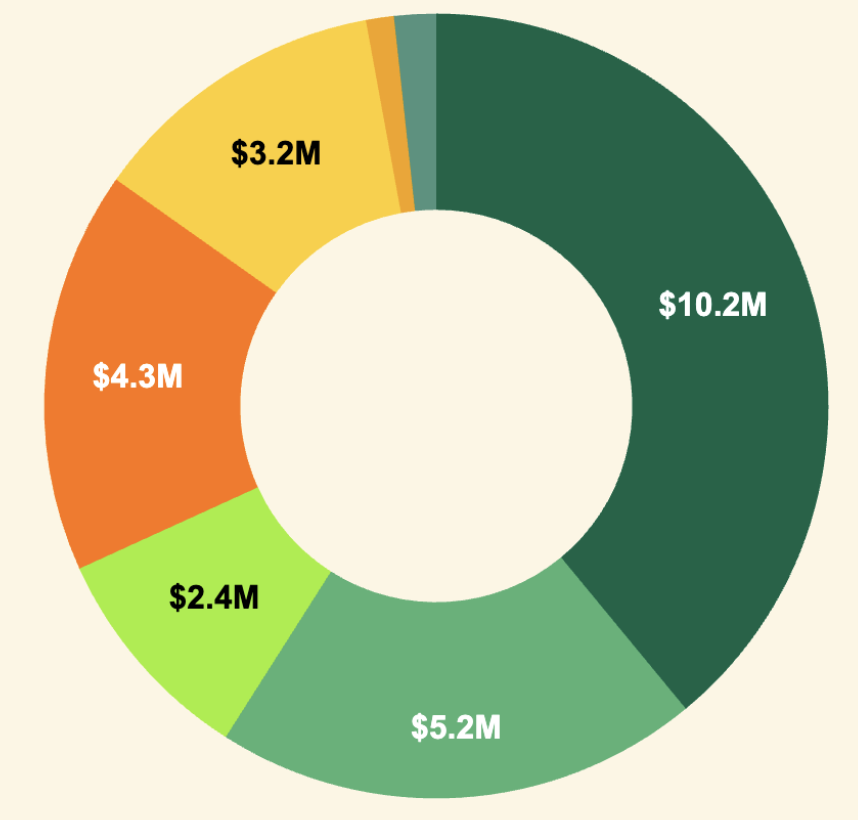





.png)



.png)





